Wish you had a secret decoder guide to cat language and behavior? Here’s a primer to things your cat wishes you understood.
Please do not disturb my nap on your laptop or keyboard
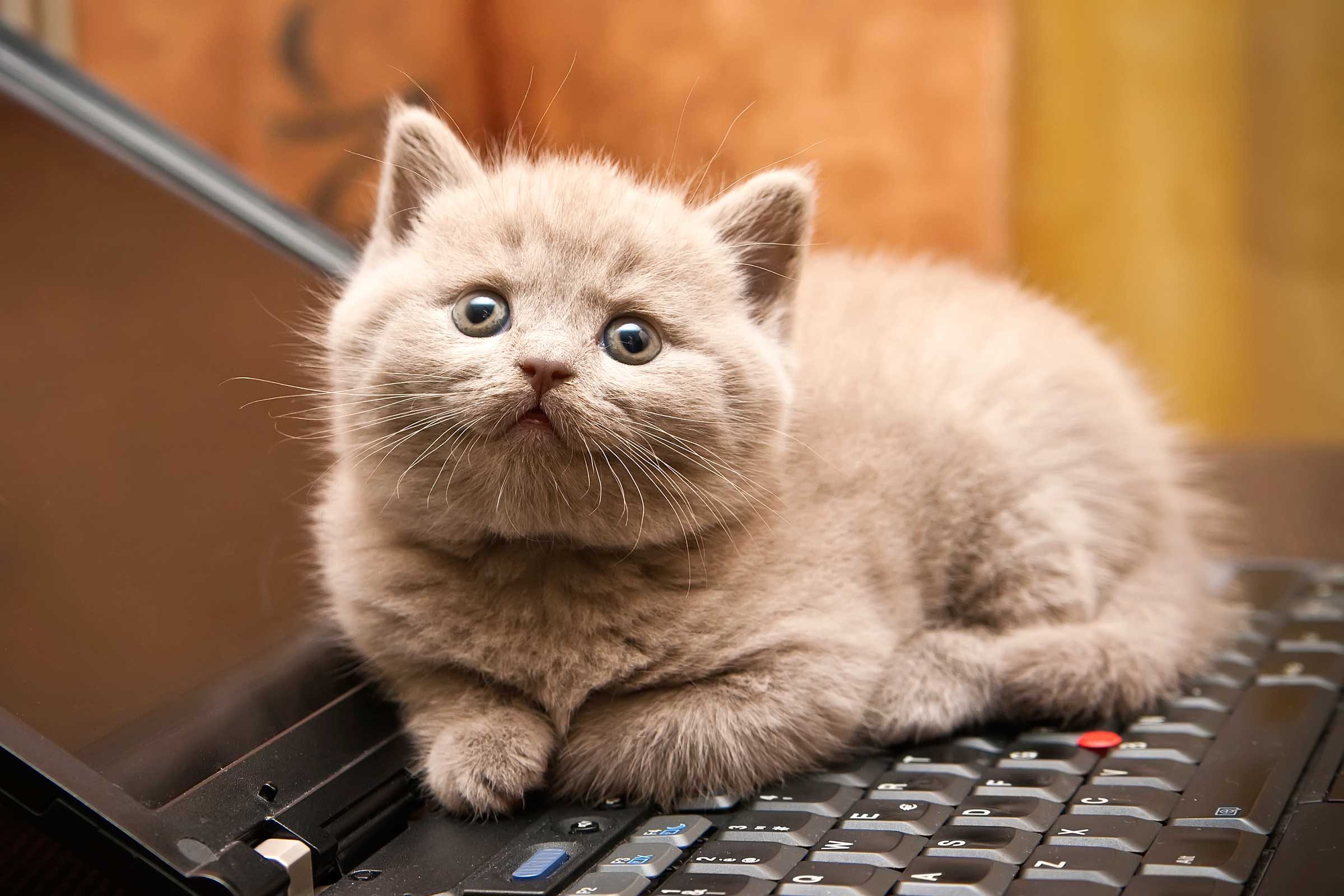
You people talk and talk about how much you
need to work on the computer so you wake us up and push us off, but we
know what you’re really planning to do on them: watch videos of cats.
Weird. Don’t you humans realize that cats must get an average of 12 to
16 hours of shut-eye a day, or we’re just useless? Also, our delicate
cat bodies need the warmth from your computer: Our ideal temperature is
20 degrees higher than that of you humans. Here are 17 things you never knew about your cat.
Quit taking photos of me (I’m not a Kardashian)
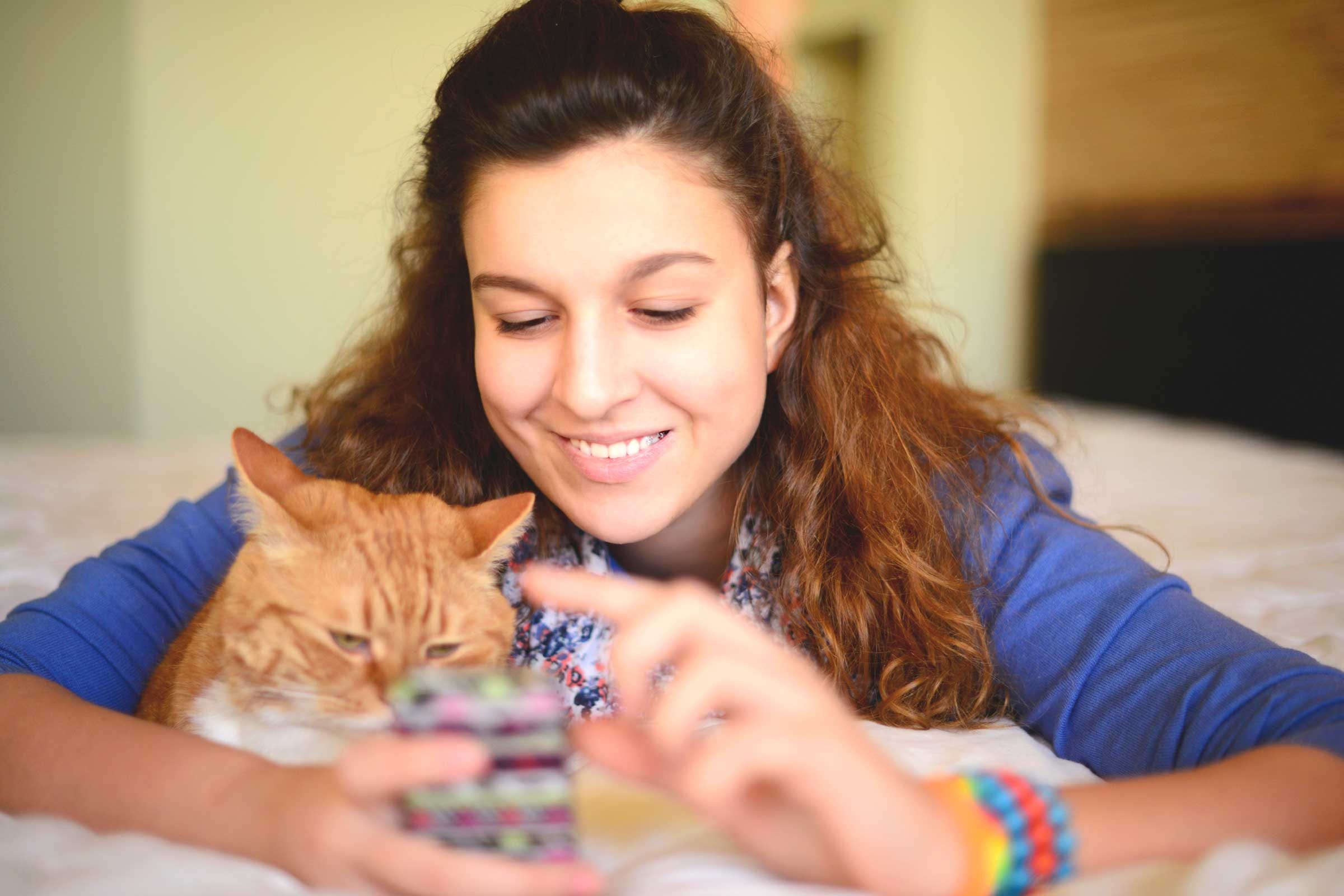
You humans can’t seem to stop snapping pix with
your phones when you’re around us, but you resort to sneaky tactics
like waving around fun toys to get our attention but dropping them as
soon as we turn around. This is cruel. If we cats are willing to let you
capture us on film, the least you can do is provide us with a bit of
play time in exchange—or let a cartoon cat amuse you instead. There is
one thing that you don’t have to worry about when it comes to photography:
Camera flashes do not harm cats’ eyes. But they will frequently produce
a spooky glow caused by the tapetum lucidum, a layer of
ultra-reflective cells in feline eyes which helps us see in low light.
Hands off the belly, ‘kay?
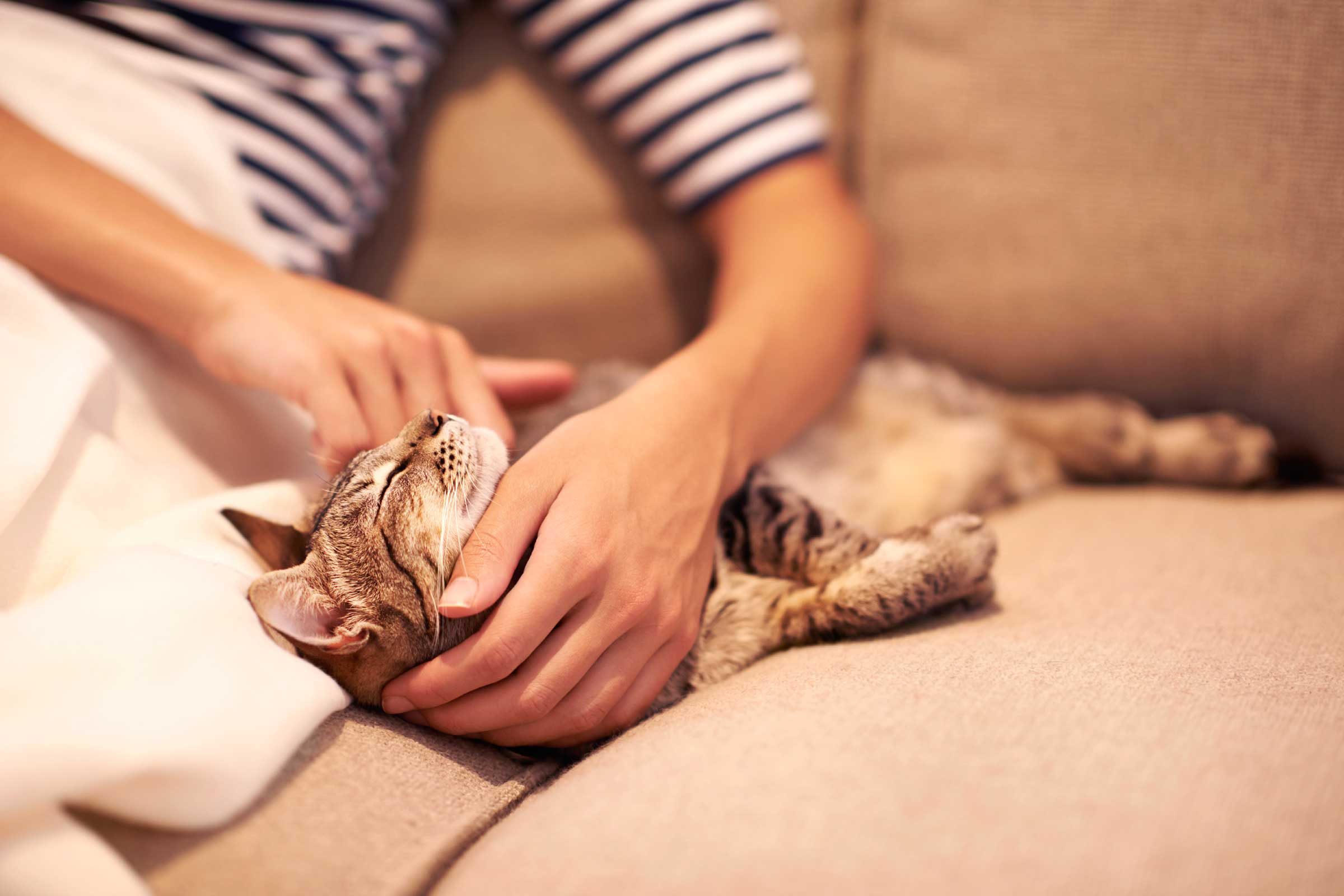
You assume that when we show you our stomachs,
we’re being friendly. Yes, in some cases, this is a normal cat behavior
that signifies chumminess. But at other times, it’s the opposite—it’s
cat language for “You wanna fight? Bring it on.” Displaying the belly is
a defensive move that shows potential enemies that all of our limbs and
claws are primed and ready to go into attack mode. And there’s one
other common reason we flash our tummies: we’re simply trying to
stretch. Don’t miss these nine amazing health benefits of being a pet owner thanks to your furry pal.
I am cat … let me scratch
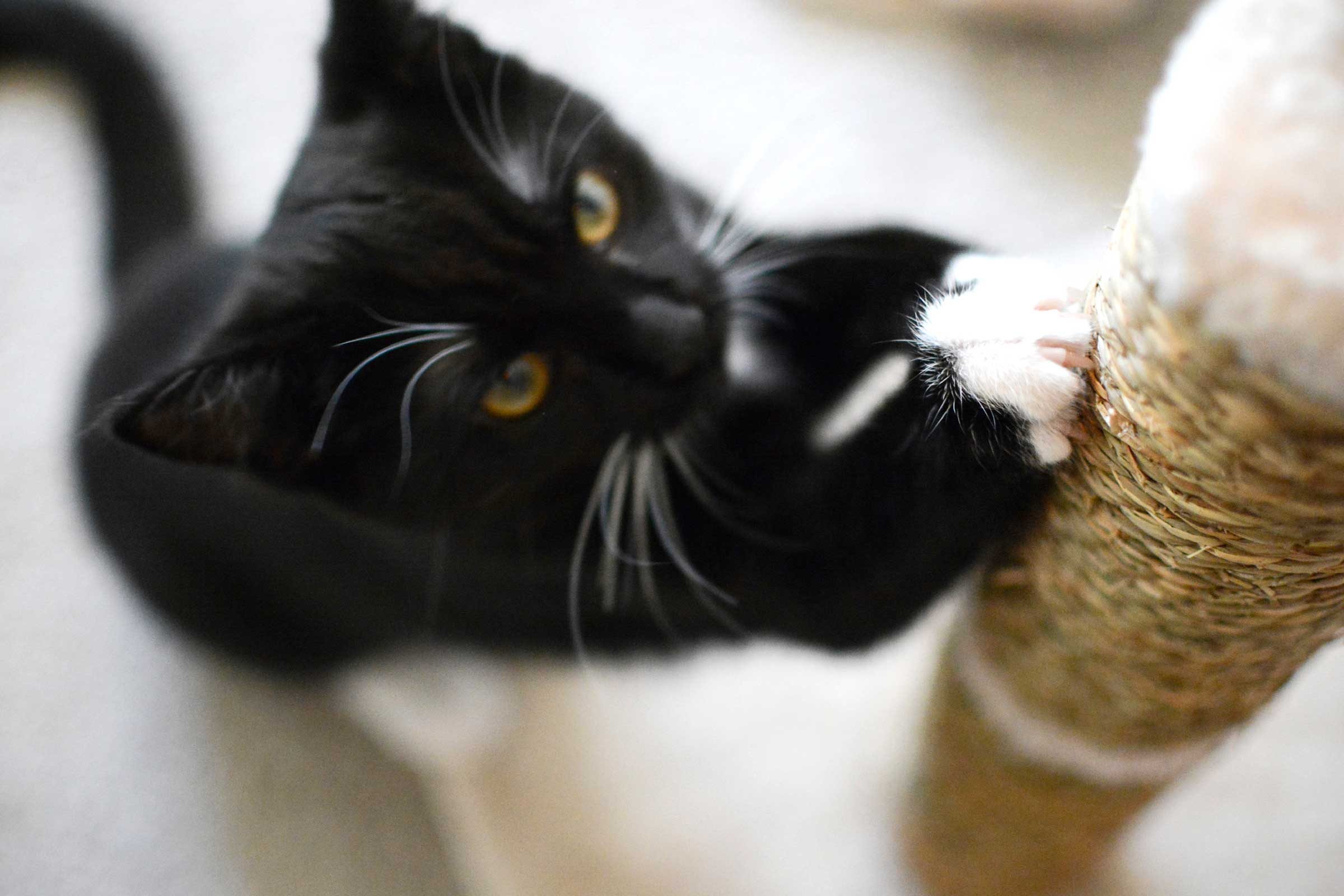
Just like you clip and file your nails so they
don’t reach Guinness Record lengths, we cats must maintain our claws.
One cat behavior is by scratching, which helps us remove dead nail
growth. There are two other important explanations behind why we
scratch: We do it to mark our territory (we’ve got scent glands on our
paws—how cool is that?) or to stretch (how do you think we stay so
graceful?). Sadly, when a sofa or rug becomes our favorite spot to
scratch, some of you resort to declawing us. We beg you not to—it would
be comparable to your having the ends of your fingers cut off. Instead,
get us a nifty scratching post (you might have to experiment with
different models until you find one we like), rub it with a little
catnip, and give us a treat whenever we use it. If you notice a change
in our active behavior it could be one of the 11 cat cancer signs you need to look out for.
I’m perfectly capable of bathing myself, thanks
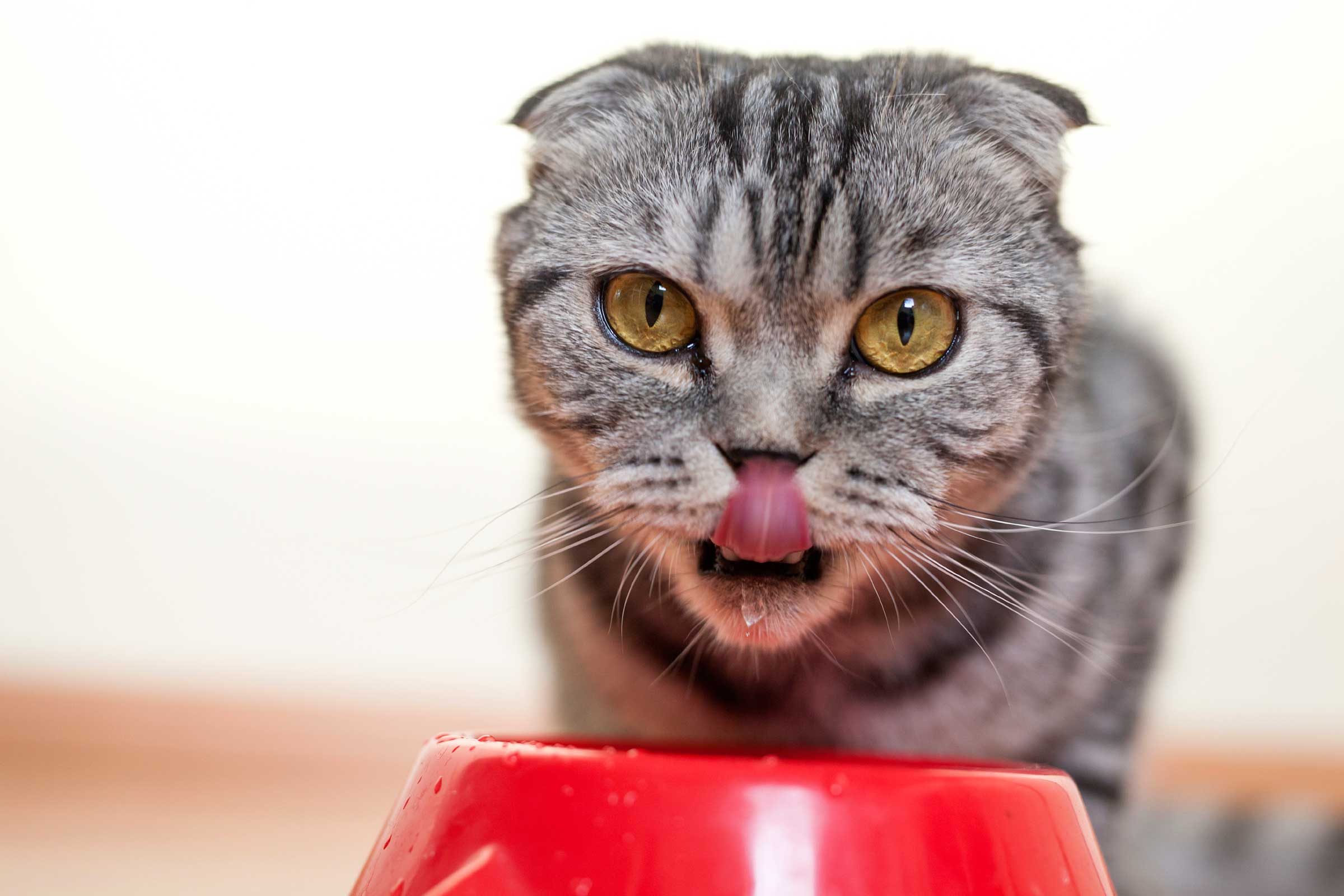
Some
scientists speculate that today’s cats do not like to swim or get wet
because ever since they were domesticated some 5,000 to 10,000 years
ago, they’ve been protected from the rain and snow by human
companions. In addition, it’s true that cat hair “doesn’t dry quickly
and it’s simply uncomfortable to be soaking wet,” Kelley Bollen, the director of behavior programs for the College of Veterinary Medicine at Cornell University told Live Science.
Bollen added, “I also think because cats are control freaks and like
[to have] four feet on a solid surface, they do not appreciate the
sensation of floating.” Who needs baths and showers anyway? Cats are
born complete with the essential grooming tools: paws, a rough, barbed
tongue, and saliva. But even though we hate being dunked in water, you
must ensure we have enough to drink, especially if our diet consists of
dry food (canned food is about 78 percent water). Regardless of what we
eat, always provide your cat with a separate water bowl and change and
clean it daily.
I meow at you to tell you something specific, but when you meow at me, you’re not speaking cat language
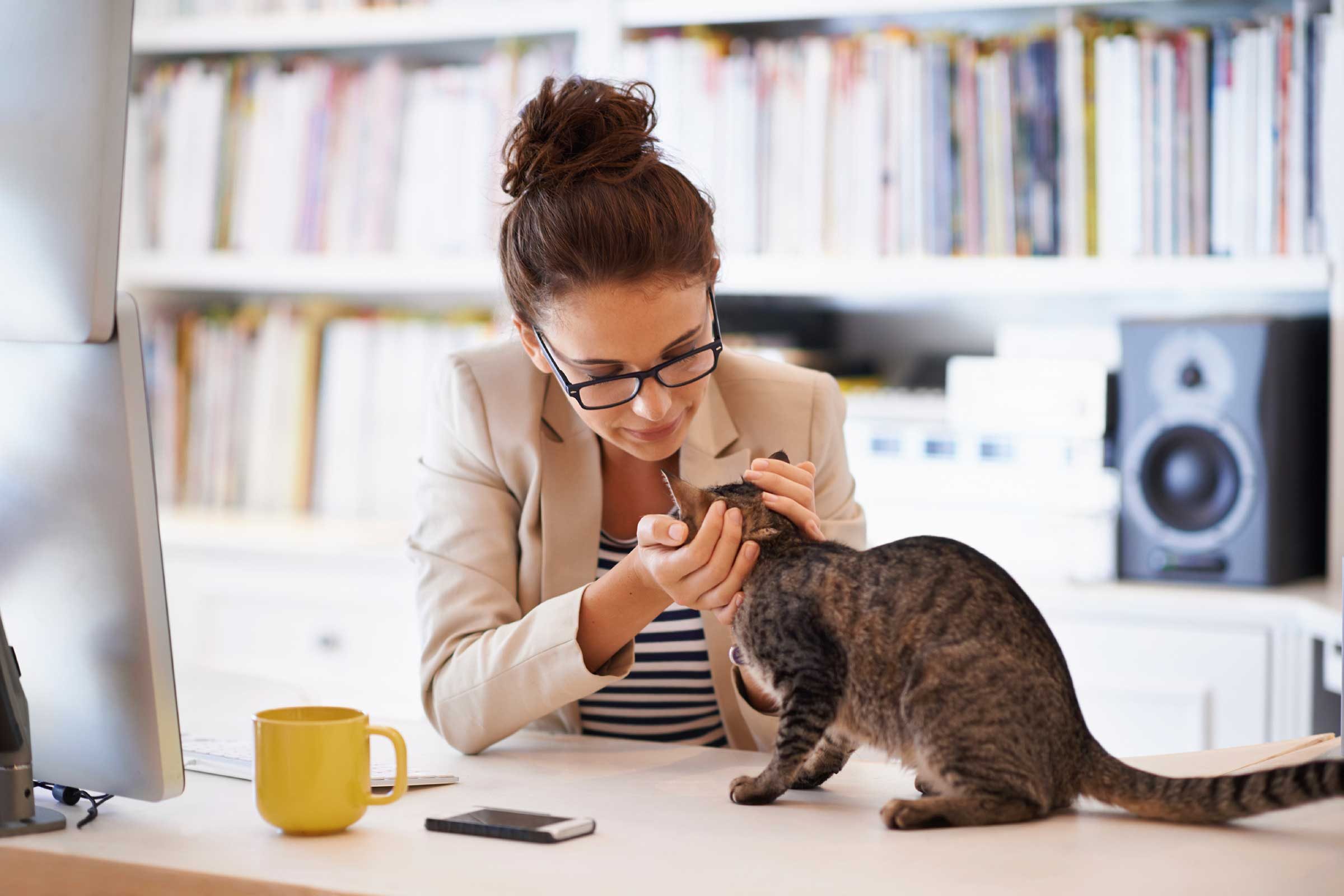
Scientists have identified more than a dozen
different meows that cats make, each with its own meaning. In general,
kittens use meows to communicate with their moms, but grown cats employ
them solely to communicate with humans. (We use hisses, growls, squeals,
and other sounds to talk to each other.) More perceptive owners can
probably tell a cat’s “I’m hungry” meow apart from its “I’m bored” or
discern “I’m hurt” from “I’m scared.” When you meow at us, we do
recognize your voice but you may as well be squawking like a Charlie
Brown teacher for all the sense you’re making. Pet owners, listen up and
take note of these 50 secrets your veterinarian won’t ever tell you.
We cats have no problems with (our) nudity

Humans are filled with the merciless urge to
inflict hats, ties, dresses, and other clothing items on us. But what do
we look like to you … dogs? We hate to feel enclosed or confined, and
while you may catch us kneading on one of your sweaters, we’re merely
enjoying the texture of the knit under our paws; that doesn’t mean we
want to wear it. We don’t need clothes to stay covered: our coats
contain up to 130,000 hairs per square inch. Fun fact: Did
you know that the surface area of a single cat, if you include all of
its hair, is roughly the same as the surface area of a ping-pong table?
Quit blaming my hair for your allergies

Why are so many humans allergic to us? (Cat
allergies are reportedly twice as common as dog allergies.) You don’t
see any cats having allergies to humans, do you? And you humans are so
quick to point to our hair as the culprit. But what actually causes your
sneezes and coughs is a tenacious and super-adhesive protein found on
cat skin called “Fel d 1.” And we’re sorry to break it to you people who
went to the expense and trouble of buying a so-called “hypoallergenic”
cat, but such a breed does not exist. Some breeds do produce less Fel d 1
than others, but all cats produce it.
You fill your home with enticing power cords but yell at me when I chew them. Unfair!
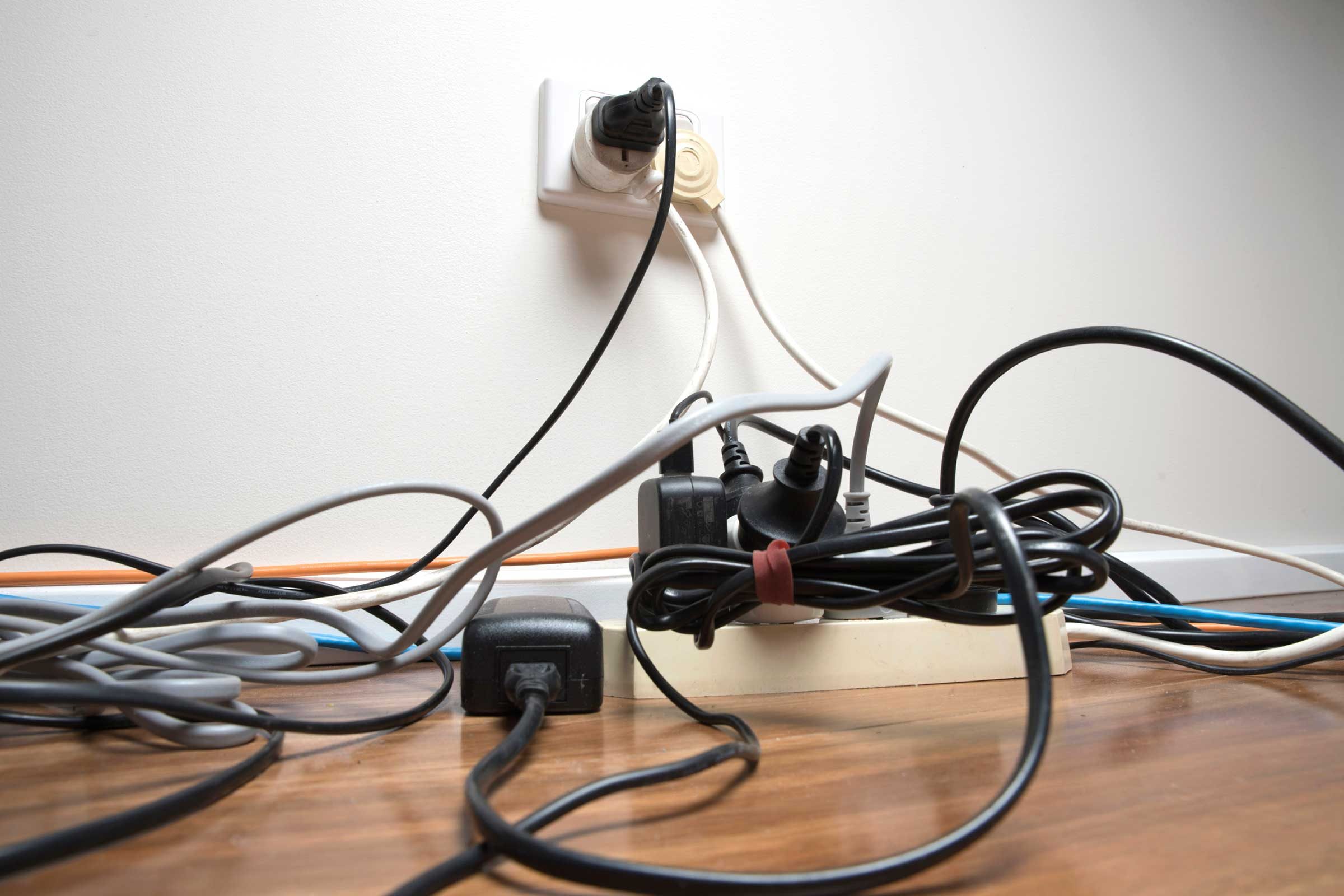
Most of us cats love the way a plastic cord
feels under our teeth, so it’s best for you humans to be smart about
your electric cords. Stow away the ones you’re not using, and cover the
remainder in cord covers (you can find these at pet stores). You can
also try applying bitter apple liquid (we detest this flavor) on cords
but dab it on sparingly since consuming too much of the essential oils
in it can make us sick. If your cat persists in chewing cords even after
you apply the bitter apple, take him or her to the vet to rule out any
dental problems. Make sure you know these 12 mistakes cat owners should never make.



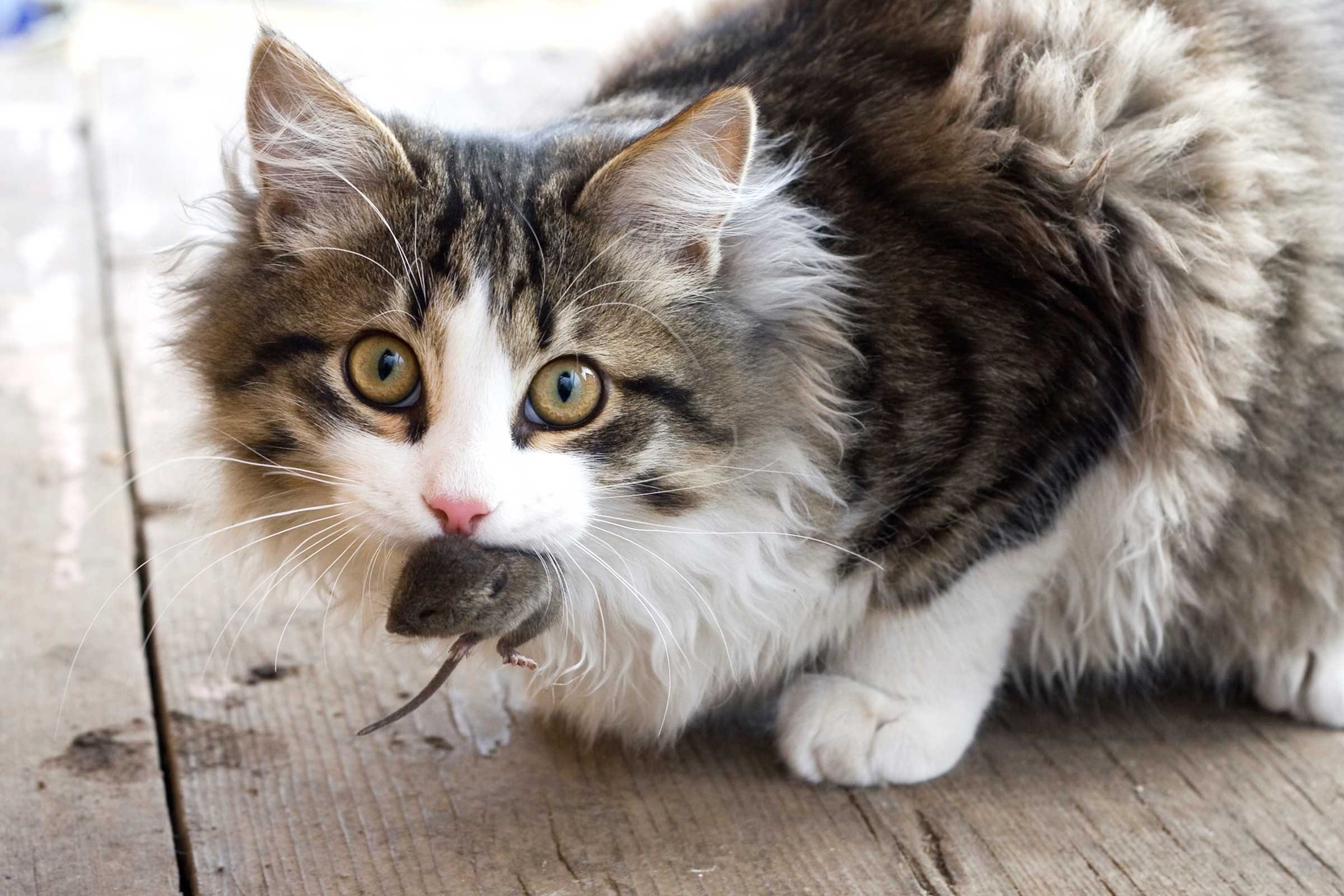

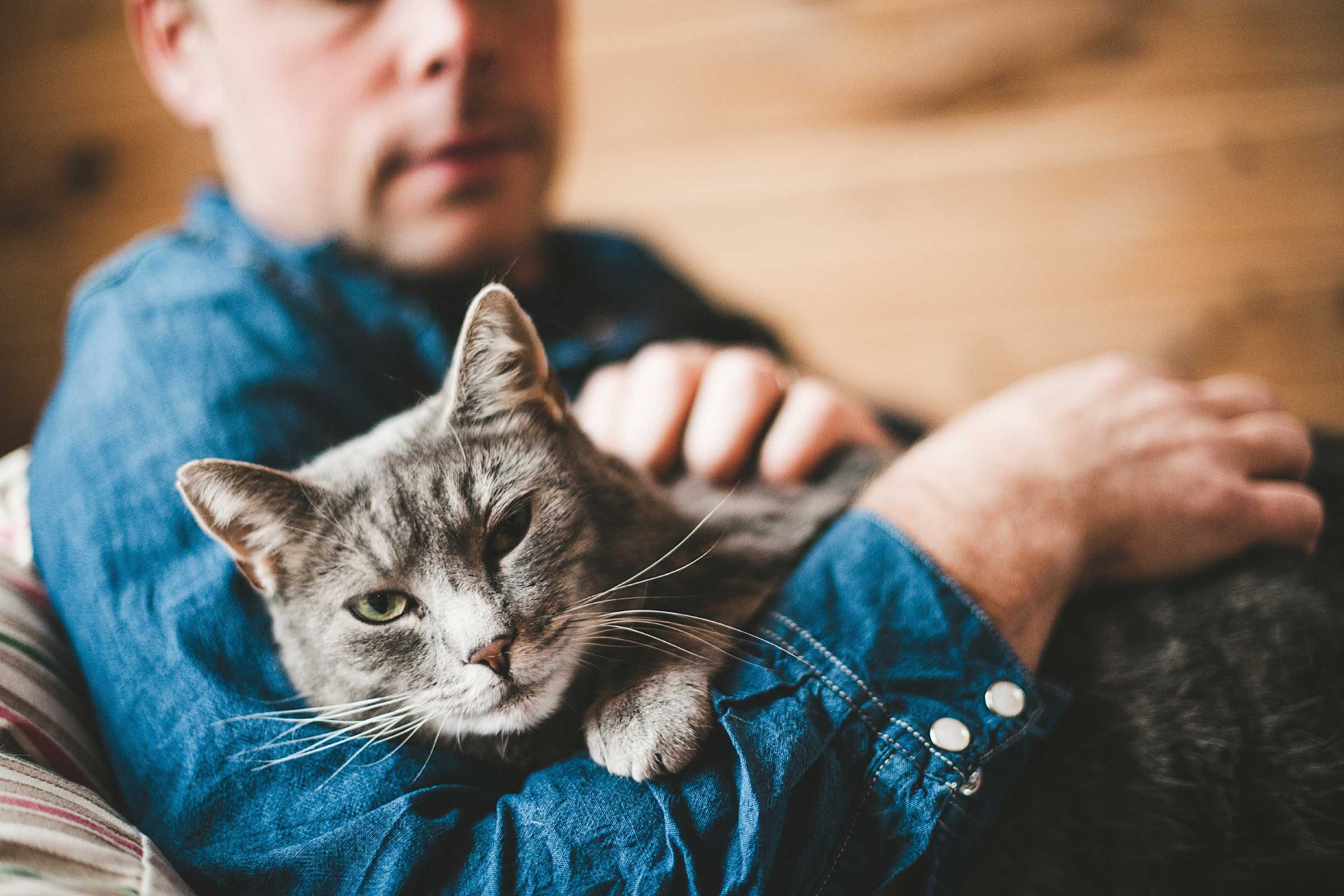
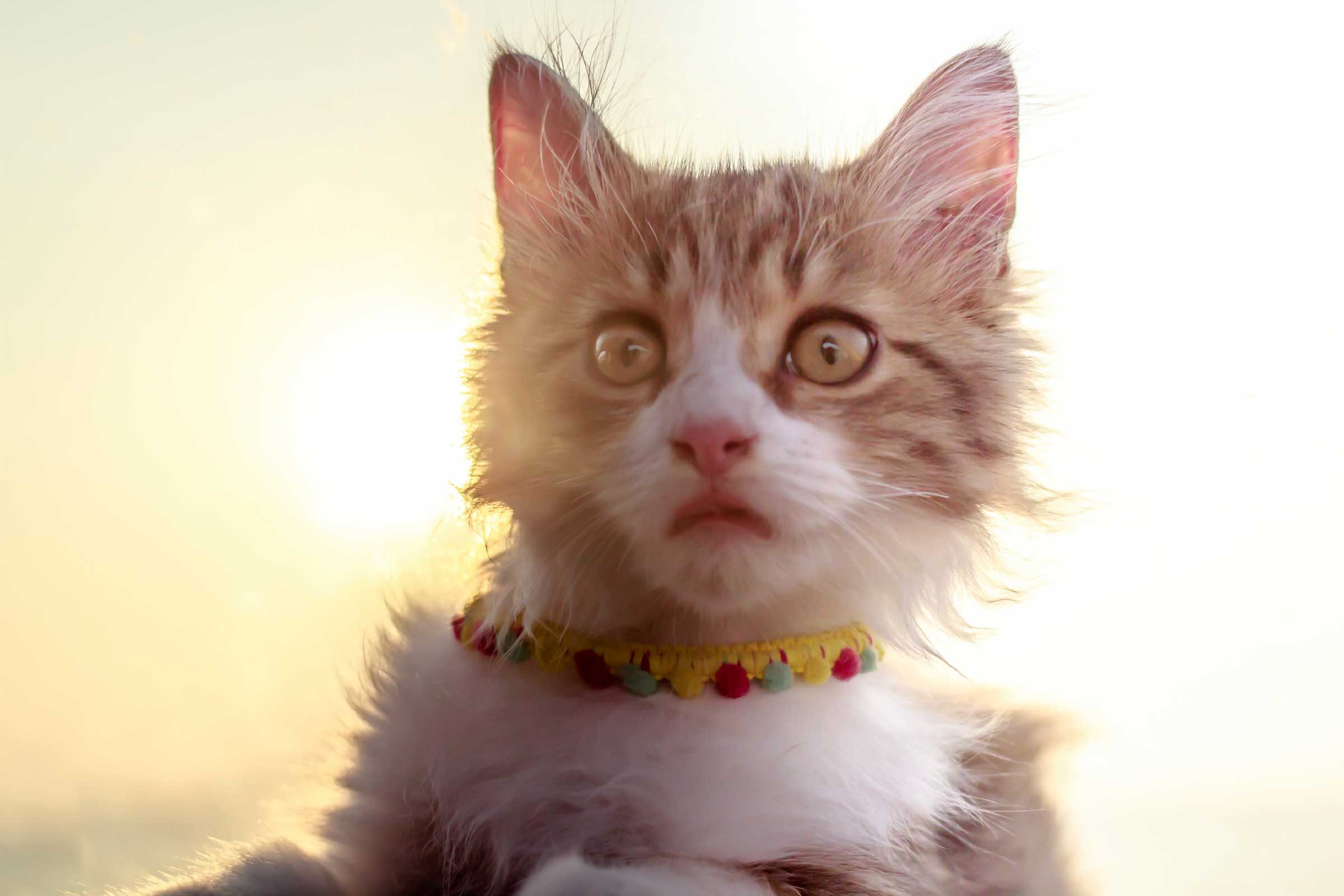
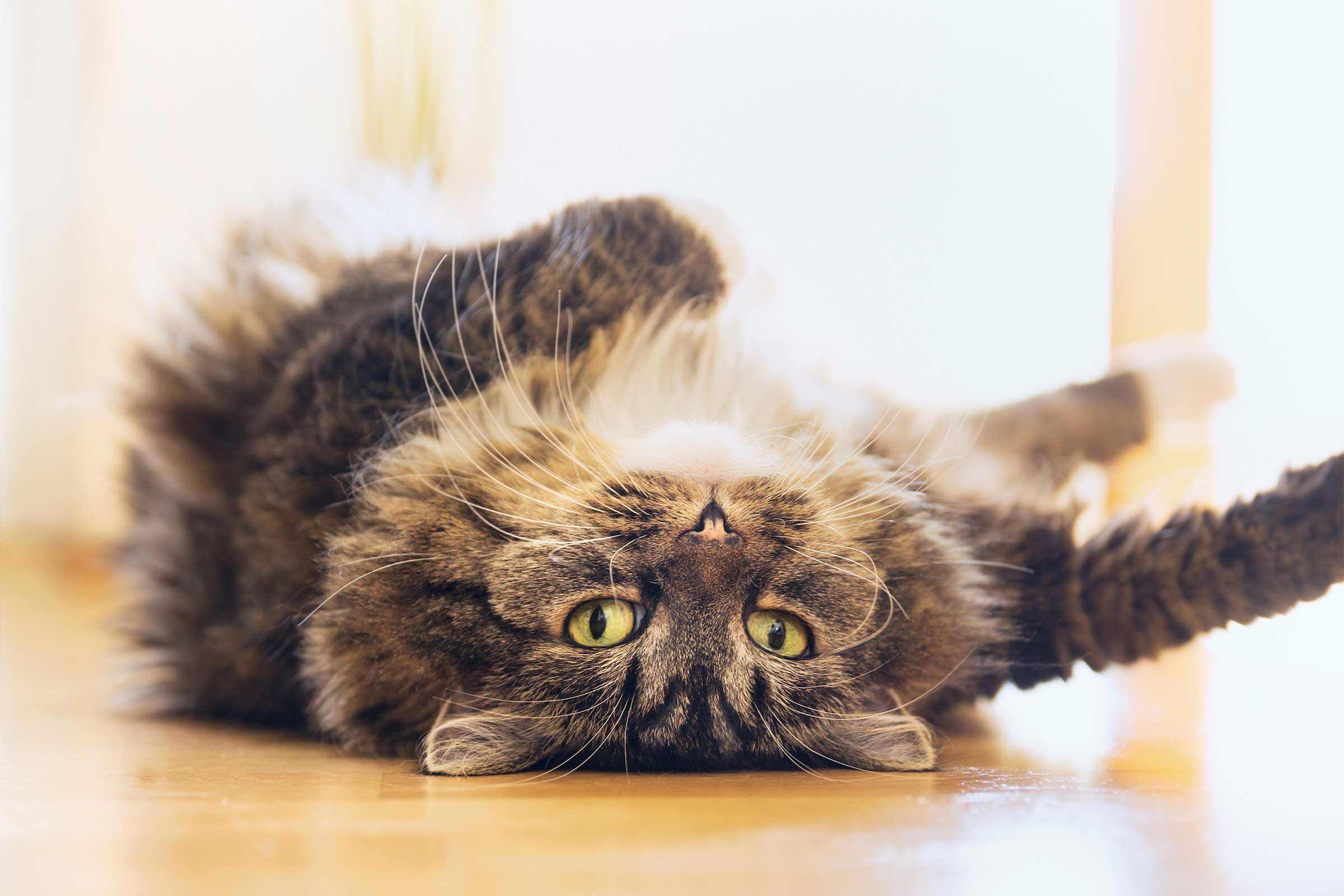
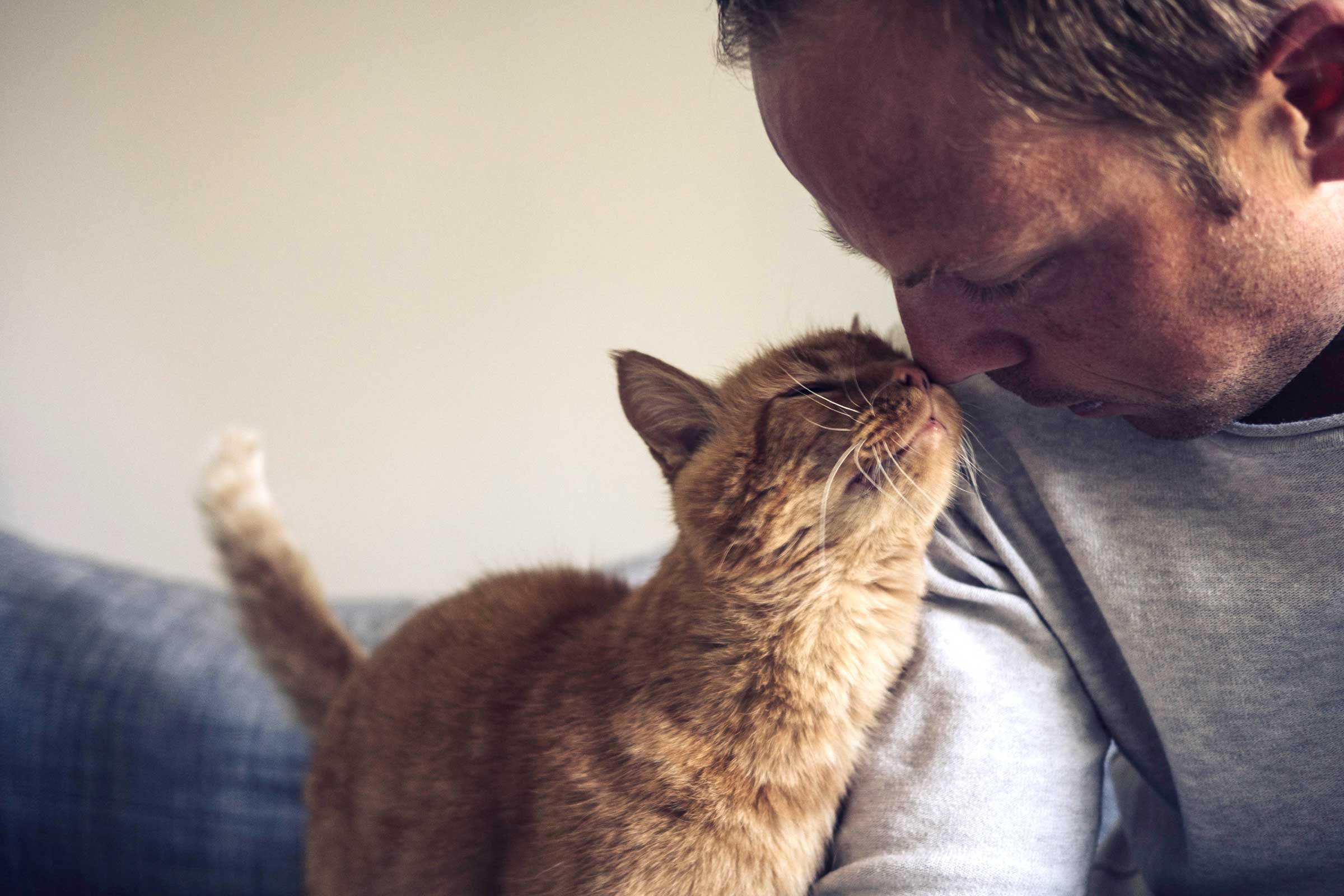
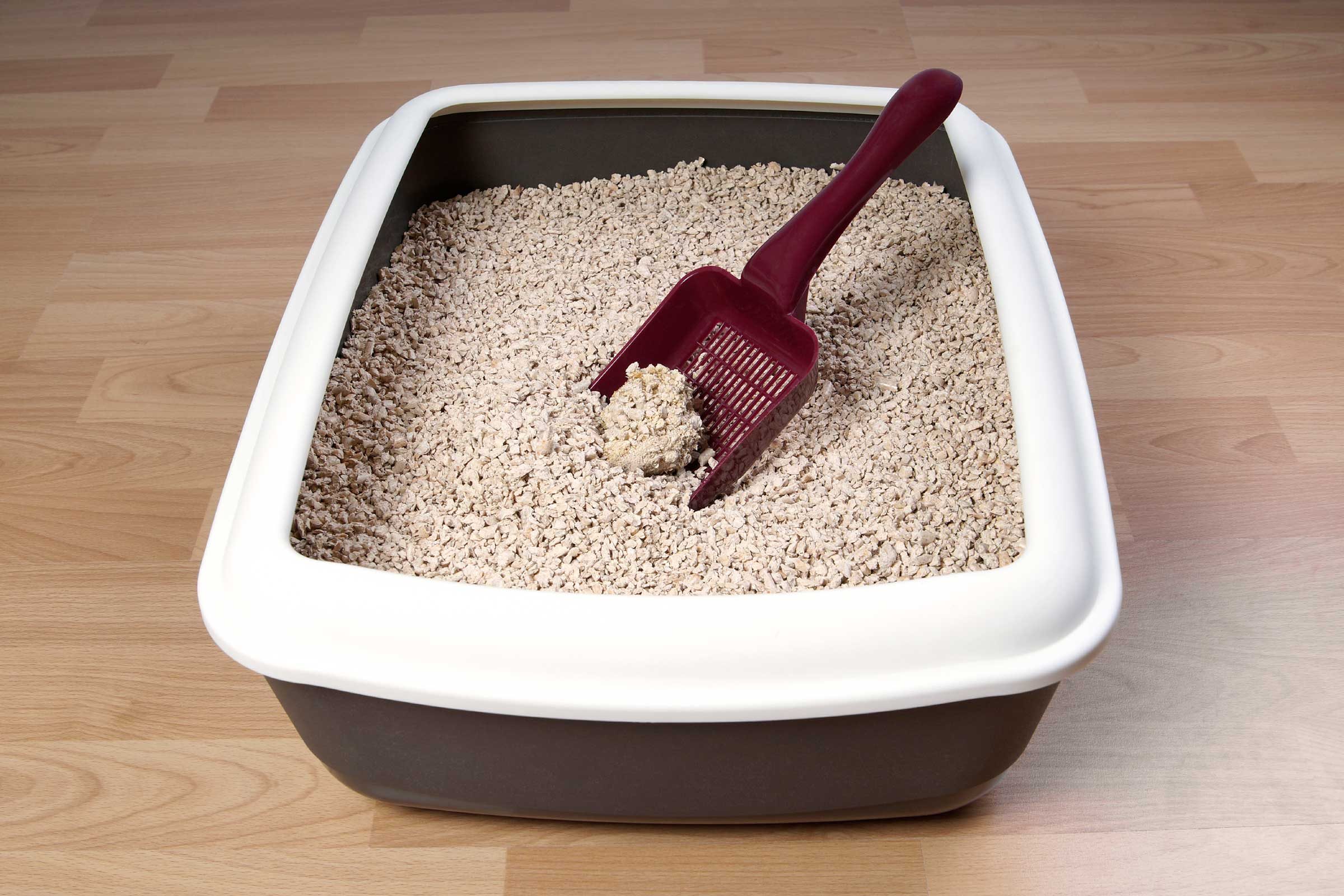





![[Music] B Nasstyy Ft. Emmeno – Gimme Love](https://blogger.googleusercontent.com/img/b/R29vZ2xl/AVvXsEgIngKs5-8KfcsgjROalBhQiDi1ECpUjzCU2m8BWgvWpGvCzFgMoamC0roC2b4ePsv7eIsZBis1ke979IOKHhgSw7NcGxOK5utgh-bPGcNRYx31GWB_pDwDPxHw68s7t9iSNTCP7g9wSH0/s72-c/IMG-20180328-WA0021.jpg)





No comments:
We have Zero Tolerance to Spam. Chessy Comments and Comments with Links will be deleted immediately upon our review.
Post a Comment